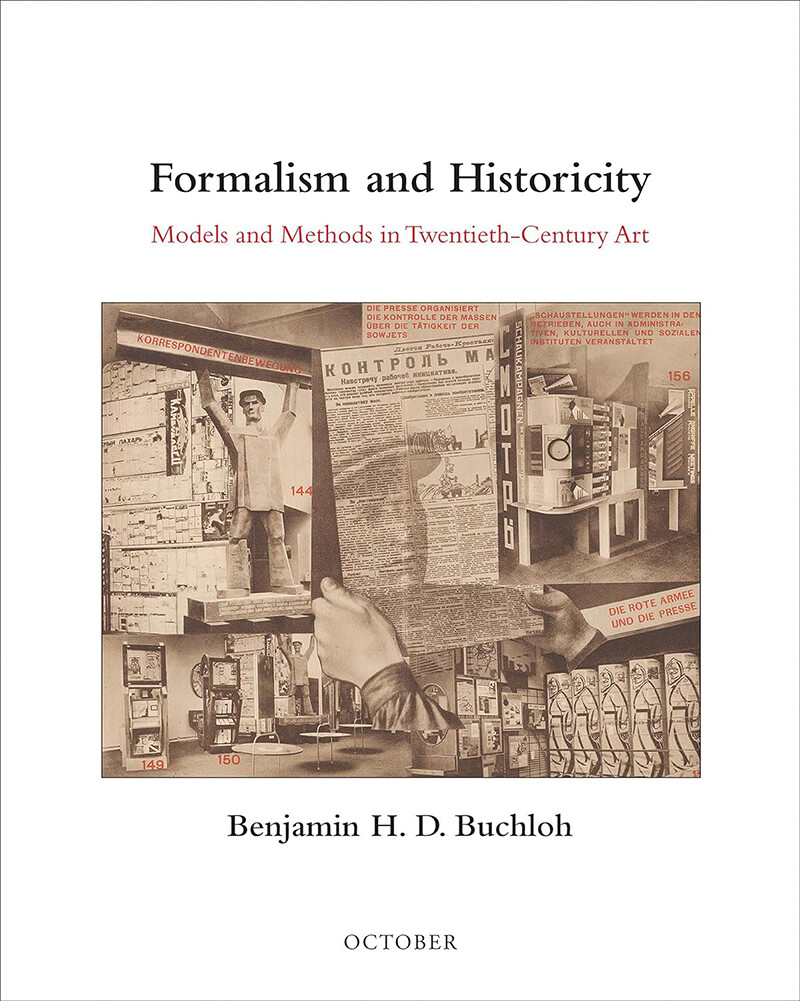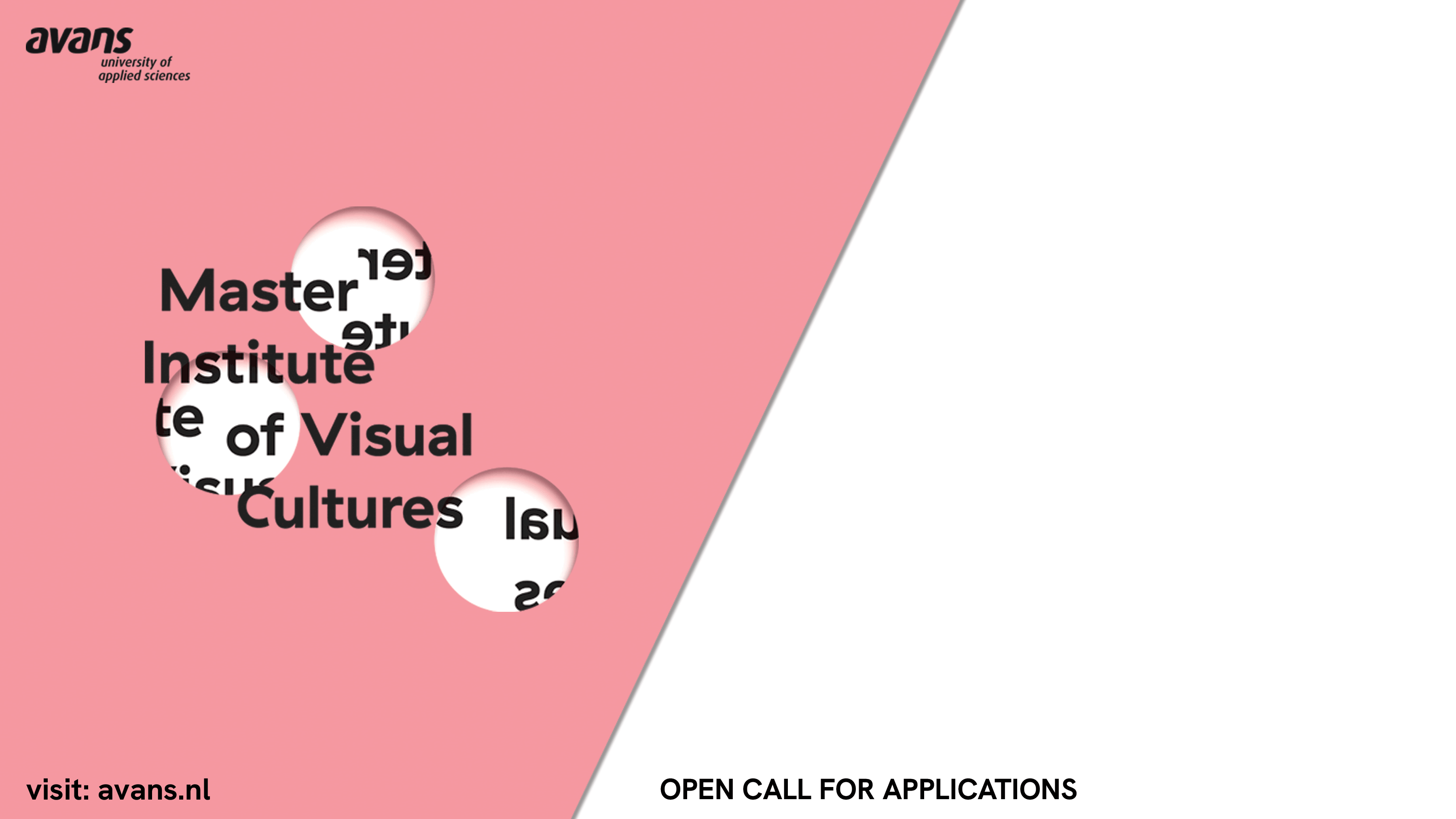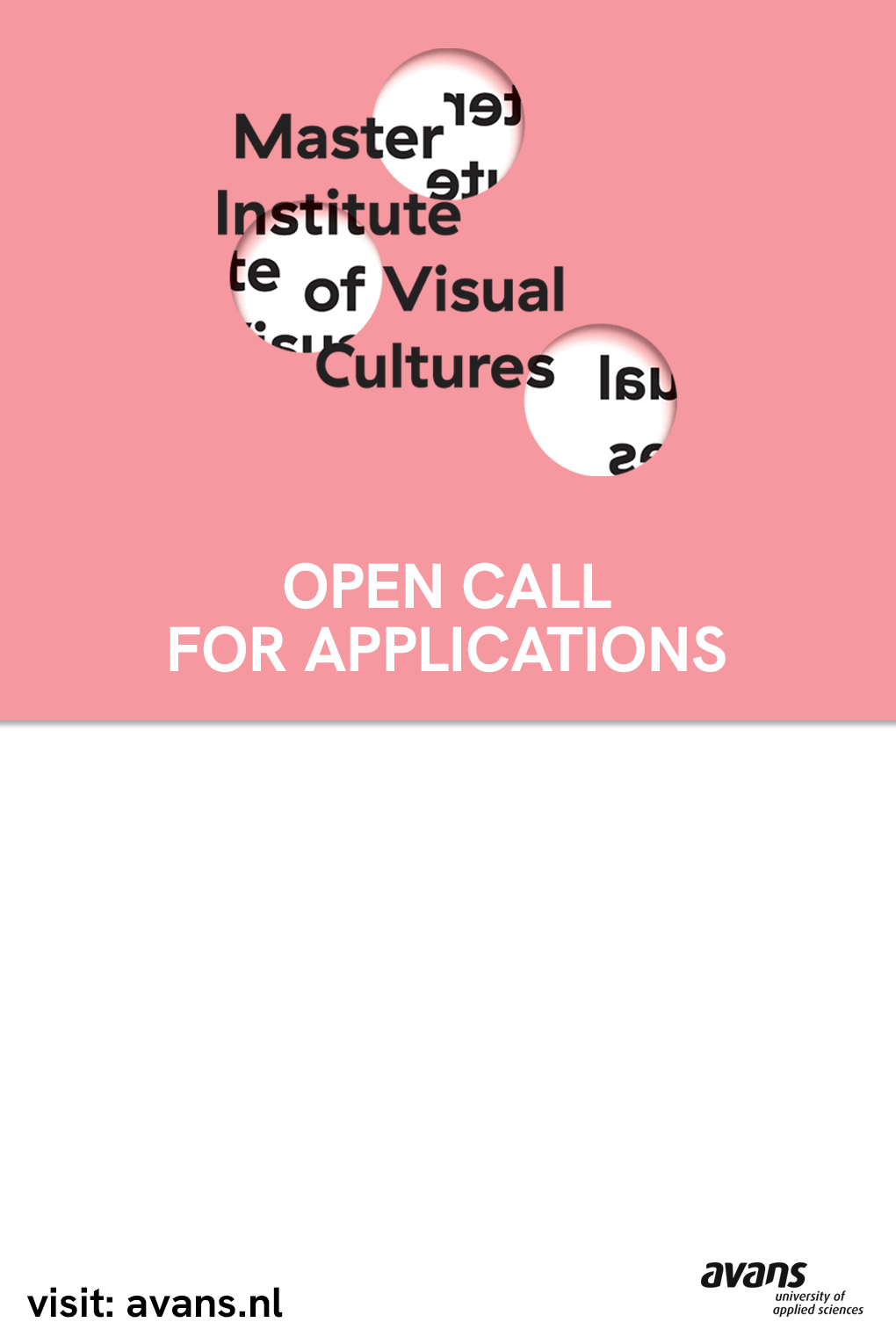In the introduction to Formalism and Historicity, a compilation of essays originally published between 1977 and 1996, Benjamin H. D. Buchloh suggests that these should be read from the perspective of contemporary art. Acknowledging the current crisis provoked by the decline of criticism’s historical function, Buchloh reveals that the spectrum inhabited by what he considers to be meaningful, radically reflexive, and critical art has become extremely narrow. Such art is situated on the verge of invisibility, on death’s door, at history’s end.
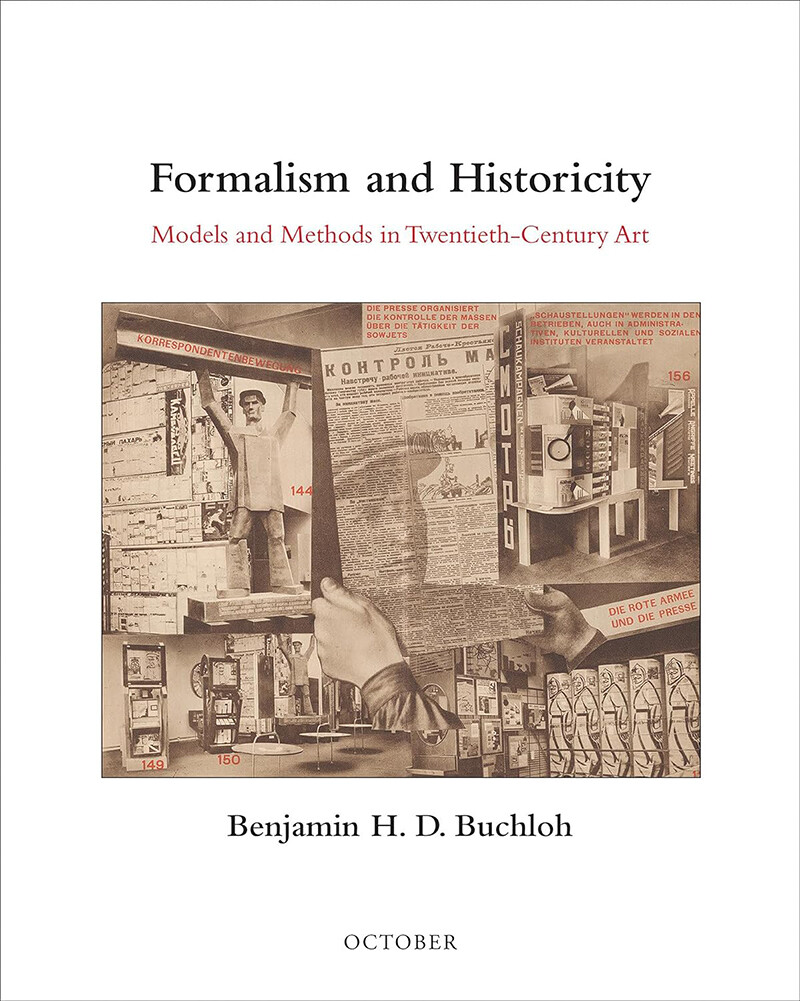

Looking up from the book, the reader inevitably tries to relate Buchloh’s persuasive diagnosis to the reality that art goes on being produced, albeit in tandem with the culture industry and in shapes we may find unsatisfying. And history goes on, too, however frightened and hopeless its continuation might make us feel. We still view our contemporary art; more than that, we consume and ponder it as never before.
Although Buchloh writes of the present, he is always gazing backwards into the past. Loss orients his approach to the now. Themes of disrupted historical continuity, impersonations and absences, false doubles and careless heirs arise throughout the articles in the book. Buchloh points to the reductions and simplifications perpetrated by art historians (for example, by Clement Greenberg in “Cold War Constructivism”), the neo-avant-garde’s failures in interpreting avant-garde tendencies (“The Primary Colors for the Second Time: A Paradigm Repetition of the Neo-Avant-Garde”), American art’s similar failures vis-à-vis European art (“Formalism and Historicity”), the interwar return to figuration, and modernism’s radical aspirations (“Figures of Authority, Ciphers of Regression: Notes on the Return of Representation in European Painting”). But Buchloh continues to find the prototype for all these twentieth-century losses in the failure of social revolution’s extreme aspirations, most notably the one that, via the Sergei Eisenstein film, gave the journal October its title.
Following Alain Badiou, we might say that Buchloh remains true to the event of revolution, but the path of this fidelity has become ever more attenuated and difficult as it has passed through two periods of unconditional decline, the 1930s and the 1980s. The first saw the rise of totalitarian regimes and preceded the moment when Buchloh entered the arena as spectator and critic. Buchloh himself witnessed the second period, which saw the rise of neoconservative and neoliberal regimes and the dismantling of the welfare state.
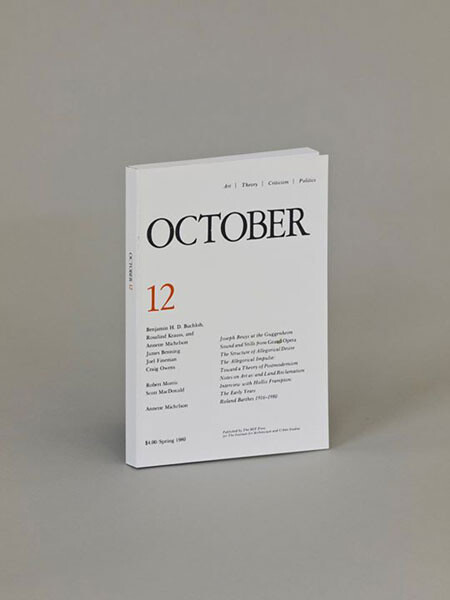

In Buchloh’s tradition, revolutionary fidelity devolves into a tense orthodoxy and austerity à la Theodor Adorno, one of the few writers the critic definitively respects. Wholly in keeping with Adorno’s Philosophy of New Music, with its contrasts between the “good” Schoenberg with the “bad” Stravinsky, Buchloh likewise divides artists into sufficiently and insufficiently radical, into the faithful and the renegades. The essay “Formalism and Historicity” contains a whole string of such juxtapositions: Daniel Buren is better than Donald Judd; Judd is better than Yves Klein; Jackson Pollock is better than Georges Mathieu, and so on. Among postwar European artists, the principal positive characters in the book are Marcel Broodthaers and Piero Manzoni, who migrate from one essay to the next. Buchloh regards the former, in particular, as a supremely important practitioner of allegorical strategies in contemporary art, and the essay on his work is the only monograph of its kind in the book. Buchloh was among the first to apply Walter Benjamin’s understanding of allegory to twentieth-century art, with its disintegration of the natural, organic links between things coming as a consequence of the loss of connection to the source of meaning as exemplified by the gap between use-value and exchange-value.
Buchloh has inherited both Adorno’s orthodox supreme court of judgment and the melancholic falling away from meaning in Benjamin’s treatment of allegory as the central elements of Frankfurt School religiosity—not to say mysticism. To these we can also add messianism, which is likewise explicit in Benjamin and implicit in Adorno. The question of whether art offers the hope of salvation and redemption from capitalism’s sinful totality is still the question for Buchloh. While he constantly denies art’s claims to exclusivity and brilliance by locating it within the process of social production and reproduction, it is nevertheless impossible to mistake the passion in his judgments or the depth of his disappointment in the failure of the avant-garde to perform its historical task of exodus.


But this is not all that Buchloh has learned from the Frankfurt School: he has also mastered the art of locating cultural products within the overall system of production predominating in a given society. For example, he brilliantly shows the connection between the poetics of conceptualism and economic administration in “Conceptual Art 1962–1969: From the Aesthetics of Administration to the Critique of Institutions.” No method could be more relevant today, but perhaps using it effectively requires criticizing the messianic aspects of the Frankfurt School legacy as well: not only the longing for a supreme historical teleology, but the corresponding revolutionary melancholy, and the resulting privilege granted to art over other human practices. Rejecting this quasi-religious heroism might involve recognizing the historic defeat of a certain project of criticism and art history, and this accounts for the tragic cast such a refusal receives in the introduction to Buchloh’s book. But it might also make us freer, even as it moves the contemplation of art away from the realm of criticism and art history and toward contiguous disciplines such as anthropology.
The implicitly spiritual inheritance of Hegelian-Marxism can also be detected in Buchloh’s passion for totalizing schemata. The all-embracing system of spectacle, which infiltrates and appropriates for its own profit even consciously resistant artistic strategies, is Buchloh’s eternally returning and unconditional nemesis, his original sin, whether understood as capitalist ideology or state propaganda (e.g., “From Factura to Factography”). “Capitalism remains my Devil,” as his contemporary T. J. Clark once put it, revealing more with the second noun than with the first.


Buchloh defines art’s current conjuncture by the collapse of any hope for the democratic cultural production that was supposed to follow the devaluation of craftsmanship known as deskilling. Here the history of radical art is that of an endless war on a spectacle, which is perpetually seizing the weapons of resistance. Attempts to elude such recuperation set art on a path of monkish asceticism, which manifests as the rejection of any intoxicated delight in the illusions art is capable of supplying, in the exposure of all fascination with fetishistic possession or seamless identities. Buchloh points to the fissure within the subject as a truth we cannot ignore if we try to talk seriously about emancipation and self-awareness in the modern world (“Residual Resemblance: Three Notes on the Ends of Portraiture”). Paradoxically, however, the critic’s signature omniscience and unsleeping rigor are themselves undivided in their totality. Buchloh is like the vigilant guard at the heart of Jeremy Bentham’s Panopticon, and it is sometimes difficult to read his systematic severity otherwise than as the correlative underside to the same relentless discipline he would ascribe to global capitalism.
It is no wonder that “correct” and “genuine” radical art is coherent and undivided in Buchloh’s reading, with clear lines of continuity, inheritance, and evolution. His ideological orthodoxy corresponds to a geopolitical centralism. Although Buchloh himself has regularly criticized American ethnocentrism in art history (beginning with the earliest essay in the book, whence its title), he has remained suspended in the dialectic of internationalism and imperialism, between the elitism of the historical avant-garde and the elitism of the neo-avant-garde’s attempt to transgress it. The social function of these essays cannot be structurally separated from either, which does nothing to alter their sobering critical value.
A book which lifts writings from their historical context in the soft-cover magazines where they originally appeared can only reinforce the impression of a seamless system of analysis, crushing in its grandeur. Of course, the sense of summation and academicization of hitherto living reflection is an unavoidable side effect of such collections. A stronger impression of the same sort was produced by Art Since 1900: Modernism, Antimodernism, Postmodernism, a two-volume textbook authored by Buchloh, Hal Foster, Rosalind Krauss, and Yve-Alain Bois, and designed to cement the exceptional authority that has long collected around October. We must remember, however, that originally all of Buchloh’s articles were utterances produced in a particular place: witty, pointed interventions in contemporary discussions of art and tactical maneuvers in his struggle against the spectacle.
Buchloh calls for responsive strategic thinking. Heeding his call, we should ask whether it is possible to tear our eyes away from a totalizing vision of the spectacle, from the mesmerizing investigation of power’s mechanisms and the insistence on an unrelenting social determination, without forgetting its institutional reality. For the investigations that occupy Buchloh promise their own sort of intoxication, albeit one different than that of conservative art, which charms us with illusions and oblivion. The glare from his enlightenment is blinding, and as we observe the patterns Buchloh has detected, we cease to consider the peripheral, the incomplete, or the contested. Despite the undeniable charisma of Buchloh’s total criticism, can we recognize the value of a method that would indulge asceticism only to the extent that such refusal serves the larger project of emancipation, rather than the other way around? For the real fissure of the subject, which Buchloh himself discusses, consists in the detection of the inevitable blind spots that arise in any system of knowledge, panoptical or otherwise. Identifying these fissures—which are present within each of us—can hardly be labeled practically or pragmatically valuable if we deem practical and pragmatic only what is subject to instrumentalization, monitoring, and rational management. And yet, this fissure is inseparable from any attempts to act on current conditions.
For example, what do I see around me? I see that young artists in Russia, the Middle East, Asia, Africa, and Latin America want to say something, to speak about what worries and interests them and to pursue social change. Almost none are interested in a hermetic criticism and reflection on language itself, neither modernist nor postmodernist, and this obliviousness renders many of them naive. Some of them go to art school where, as some people think, they can be trained to speak the idiom of contemporary art. But even those young artists who do not study anywhere see this language art as a ready-made means of communication, one of many possible media, as an extant medium, and as a global post-Conceptual language. But who can hear what is said in this language? What place does this medium occupy among all the others?
In these circumstances we can draw a contradictory lesson from Buchloh’s book. On the one hand, as Buchloh teaches—and following the legacy of the Frankfurt School—we should not relegate the structures of art production to oblivion; we should not indulge in childish rapture over the very fact of access to utterance. At the same time, pace Buchloh, we should not let negative theology enchant us; we cannot be paralyzed by a spiritual mourning for art’s ultimate mission as evinced by the historical austerity of the avant-garde. Instead, the question, as ever, becomes: How can we proceed to speak within the real of our current moment, here and now, without being overly flattered by our own articulations or indulging any unnecessary illusions about their place in the political economy? What does the desire for art look like, under the circumstances? An unequivocal, universal, and seamless answer to these questions is impossible.
Translated from the Russian by Thomas Campbell
